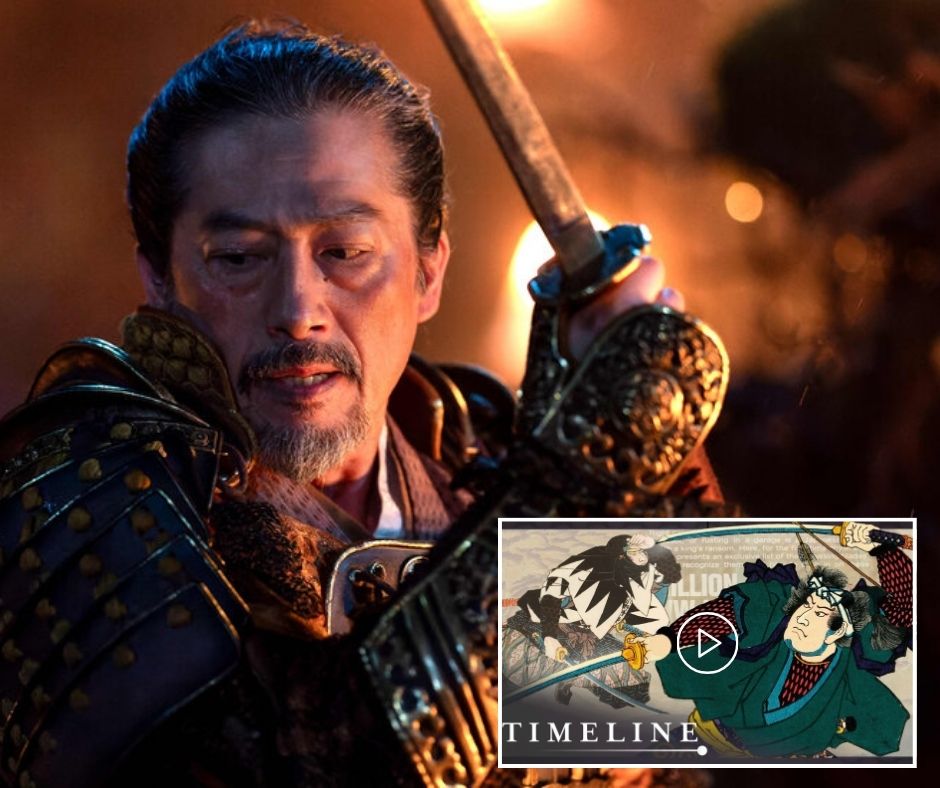
In the annals of Japanese history, few artifacts are as shrouded in mystery and legend as the lost Shōgun Sword. This ancient weapon, believed to have been forged by master swordsmiths in the 12th century, has captured the imaginations of historians, treasure hunters, and cultural enthusiasts alike. The story of the Shōgun Sword is one of power, betrayal, and a legacy that continues to intrigue the world.
The Shōgun Sword is said to have belonged to Minamoto no Yoritomo, the founder and the first shōgun of the Kamakura Shogunate. Yoritomo’s rise to power in 1192 marked the beginning of a new era in Japan, one dominated by samurai rule and feudal lords. According to legend, the sword was not only a symbol of his authority but also imbued with spiritual significance, believed to protect the bearer and grant unparalleled combat prowess.
The sword’s disappearance is as enigmatic as its origin. Historical records suggest that the Shōgun Sword was passed down through generations of shōguns, each adding to its mystique. However, during the tumultuous Sengoku period (1467-1615), a time of civil war and social upheaval, the sword vanished without a trace. Some historians speculate that it was stolen during one of the many battles that ravaged Japan. Others believe it was hidden away by a shōgun who feared its power falling into the wrong hands.
Several theories about the sword’s fate have emerged over the centuries. One popular theory suggests that the sword was taken overseas by Portuguese traders during the 16th century. These traders, who arrived in Japan in 1543, were known for their keen interest in Japanese weaponry. If the sword did make its way to Europe, it could be lying undiscovered in a private collection or hidden in the archives of a museum.
Another theory posits that the sword was hidden by Tokugawa Ieyasu, the founder of the Tokugawa Shogunate, which ruled Japan from 1603 to 1868. Ieyasu was a shrewd strategist who understood the symbolic power of such an artifact. He may have decided to conceal the sword to prevent it from being used against him or his descendants. If this theory holds true, the sword could be buried in one of the many secret locations known only to the Tokugawa clan.
Despite numerous expeditions and searches, the Shōgun Sword remains elusive. Modern technology, including ground-penetrating radar and DNA analysis, has been employed to locate the sword, but to no avail. The allure of the lost sword continues to inspire new generations of adventurers and historians who dream of uncovering its secrets.
The legend of the Shōgun Sword is more than just a tale of a lost weapon; it is a story that reflects the rich cultural and historical tapestry of Japan. It serves as a reminder of the enduring legacy of the samurai and the shōgunates that shaped the nation. Until the sword is found, if it ever is, it will remain a symbol of the mysteries of history and the relentless human quest for knowledge and discovery.
In conclusion, the mystery of the lost Shōgun Sword endures as one of the most captivating enigmas in Japanese history. Its story is a blend of historical fact and myth, a narrative that continues to fascinate and inspire. Whether the sword is ever found or remains hidden forever, its legend will undoubtedly persist, a testament to the enduring allure of the past.